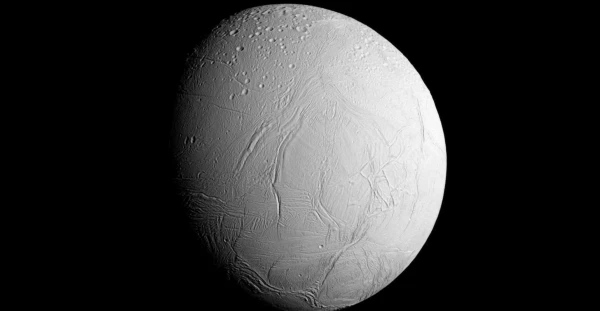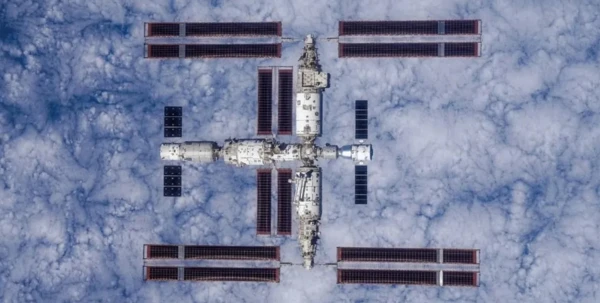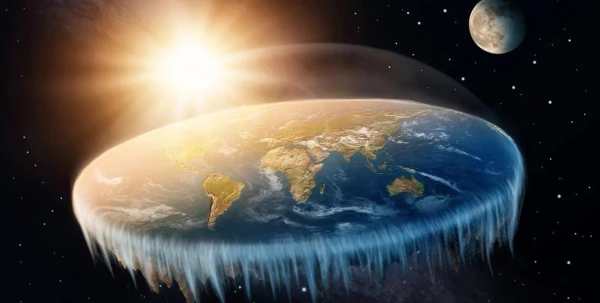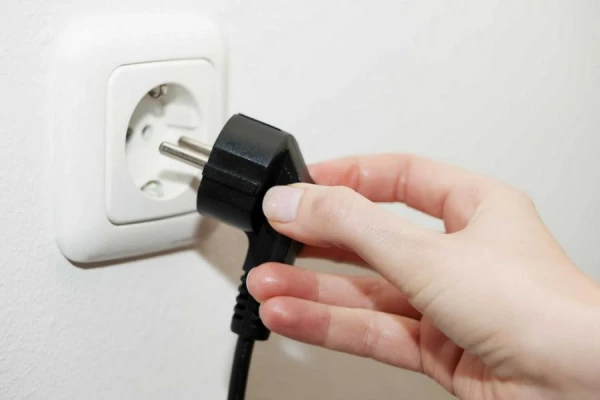
New research changes the understanding of the icy jets erupting from the depths of Enceladus, where there is an underground ocean of liquid water. There may be extraterrestrial life hidden there, reports Focus.
New modeling shows that jets consisting of solid ice particles and water vapor on Enceladus lose 20–40% less mass than previously thought. The new models provide a more accurate picture of the underground conditions of Saturn's moon that future landers will be able to explore directly. The study is published in the Journal of Geophysical Research: Planets, reports Science Daily.
Since 2005, NASA's Cassini probe studied the planet Saturn and its moons for several years. One of the most impressive discoveries was made on Enceladus, a 500 km diameter icy moon of Saturn. Scientists found that there are geysers on Enceladus that eject solid ice particles and water vapor into space. Astronomers determined that beneath Enceladus' icy surface lies an ocean of liquid water, and these jets contain chemicals that are present in the ocean. There may be extraterrestrial life there.
Scientists created new modeling of the jets on Enceladus using data collected by the Cassini probe. This resulted in more accurate estimates of the amount of material ejected into space. The new data is important for understanding Enceladus' internal activity and planning future missions to the Saturnian moon that will search for potential life there.
New modeling shows that jets consisting of solid ice particles and water vapor on Enceladus lose 20–40% less mass than previously thought.
Scientists compare the geysers on Enceladus to volcanic eruptions. However, what escapes into space is not hot lava, but cold particles and water vapor.
Researchers calculated key characteristics of Enceladus' jets, such as their density and velocity. Since the jets transport material from the depths of Saturn's moon into space, they provide insight into what the underground ocean is like and what conditions exist there. Thus, the new modeling allows for a glimpse into the depths of Enceladus without the need to drill through its icy surface.
NASA and the European Space Agency plan to send special probes to Enceladus that will be able to drill through the ice and reach the underground ocean. Measuring the composition of the jets and the amount of material they carry gives scientists a powerful indirect way to study Enceladus' subsurface environment even before direct data is obtained from the surface of the Saturnian moon.















Leave a comment